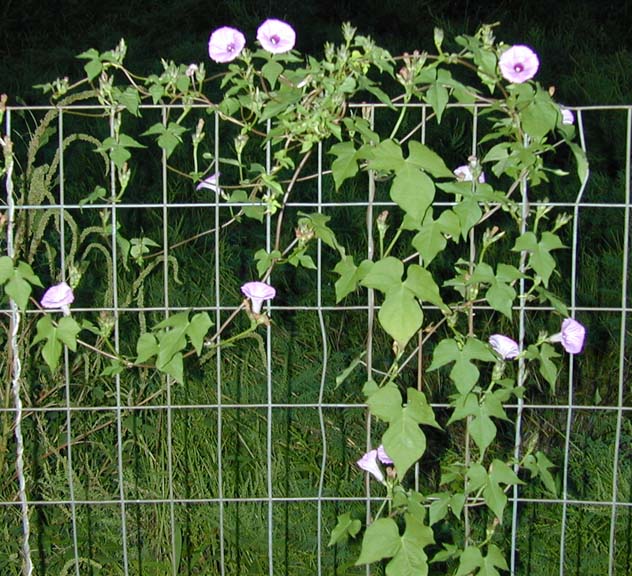I got the chance to finally visit the world famous Butchart Gardens...I would say this was a wonderful reward after taking charge of a job as a wedding photographer to my friend's wedding. Telling you about one of the gorgeous gardens in the world is an understatement. You can only fully experience the treasures that the Gardens hold once you visit the place.. The moment you step inside the 'Waterwheel Square' entrance, there are already tons of flowers showing off their blooms to any visitor. It is like a parade of petunias, peonies, and tulips as you saunter through the 'Top Walk' zone. As you walk further, see hanging baskets filled with fuchsias and bleeding hearts, its leaves lightly caressing your head as you go under it.
Moving along...as you walk past under the canopy of towering cedars and some dense foliage, at the end of the short walk, the 'Sunken Garden' welcomes you. Each season, one will get to witness various displays of blooms that captivate the eyes with their explosion of colors, fragrances that linger and an unusual feeling of relaxation and at the same time....excitement.
Anyway, my words are not enough to make you see what I want you to see. So here are some of the photos I took of the Gardens. Enjoy!
The image on the left is the 'Sunken Garden.' I took this photo from the Sunken Garden lookout. It is like into Wonderland...
The gardens at Butchart were created from the ideas of the late Jenny Butchart. She began to transform the 55-acre gardens in 1904. The Gardens consist of 5 other gardens.
Moving along...as you walk past under the canopy of towering cedars and some dense foliage, at the end of the short walk, the 'Sunken Garden' welcomes you. Each season, one will get to witness various displays of blooms that captivate the eyes with their explosion of colors, fragrances that linger and an unusual feeling of relaxation and at the same time....excitement.
Anyway, my words are not enough to make you see what I want you to see. So here are some of the photos I took of the Gardens. Enjoy!
The image on the left is the 'Sunken Garden.' I took this photo from the Sunken Garden lookout. It is like into Wonderland...
 |
| Star Pond of Italian Gardens area |
1) Jenny's private garden
2) Sunken Garden
3) Rose Garden
4) Bog Garden
5) Japanese Garden
2) Sunken Garden
3) Rose Garden
4) Bog Garden
5) Japanese Garden
 |
| one of the pink peonies visited by a bumblebee |












